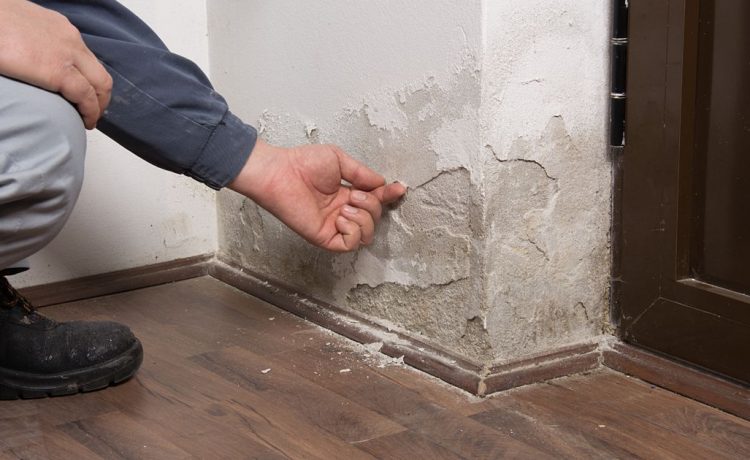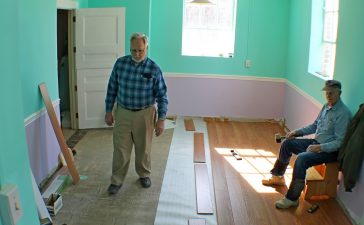Moisture is the mortal enemy of any homeowner. Whilst central heating systems are incredible and a hot shower in the morning goes down a treat, heating systems bring with them the possibility of leaks and dampness. Water in all its forms, can cause expensive damage in our homes, when left unchecked. The most frustrating thing about moisture in the home, is that it only becomes visible once the damage has already been done. Whilst everyone deserves to live in an environment free from condensation and leaks, one is considerably more problematic than the other. It can be particularly tricky to figure out whether you just have a spot of damp, or a more serious leak issue, particularly in areas like bathrooms which are more prone to having moisture present. The following aims to outline what constitutes damp and what could be a leak.
What causes dampness in the home?
Dampness is caused by exposure to moisture, whereas a leak is a result of an internal issue, like a burst pipe or faulty fitting. Ineffective insulation can also lead to a condensation buildup forming in your home. Damp has many causes, it is mostly a result of poor fitting or general wear and tear. Failing insulation can no longer protect a home from condensation, leaving you with mould and damp spots in your home.
Moisture is also commonly caused by a lack of ventilation in your home. If air cannot move freely, trapped moisture can cause a buildup of condensation, forming damp. A tell tale sign of a home which lacks ventilation is mould, black spores often form around windows, corners and hidden areas of the home. Breathing in mould is not good for you, particularly if you have respiratory issues, so it is best to get rid of the mould and the conditions behind it as soon as possible. Good ventilation in a home doesn’t simply mean having windows open frequently, extractor fans in your kitchen and bathroom must properly work to remove as much moisture as possible. If damp is a problem caused by your homes structure of location, you may want to consider purchasing a dehumidifier to help reduce moisture in the air
What causes a leak in the home?
Many factors can cause a leak, they are very common. Fittings degrade over time, or pipes can become worn down under pressure, causing them to begin leaking. Whilst damp manifests itself in mould and damp spots, a leak is in some ways more noticeable. You may notice a sudden drop in water pressure, leaving your toilet unable to flush or shower being very weak. You may also notice your boiler pressure needs constantly topped up, this suggests pressure is being lost somewhere within the system. The easiest way to identify a leak is searching for water marks or wet areas on a ceiling, or water leaks on the floor. If you notice water marks around appliances or bathroom fittings, this is most certainly a leak and not damp.
How To Treat a Leak or Damp
If dampness is a consistent issue within your home, you may want to contact a professional to come and assess your home’s structure. Whilst damp is not as urgent an issue as a leak, it can still impact comfortability in the home and severe damp could suggest a more serious issue which needs further inspection. If you see tell tale signs of a leak within your home, or you have a patch of damp which could possibly be a leak, contact damp and leak investigation specialists for expert advice. Aspect experts will be able to locate the source of the issue using state of the art technology, which causes little to no damage to your home’s structure.



